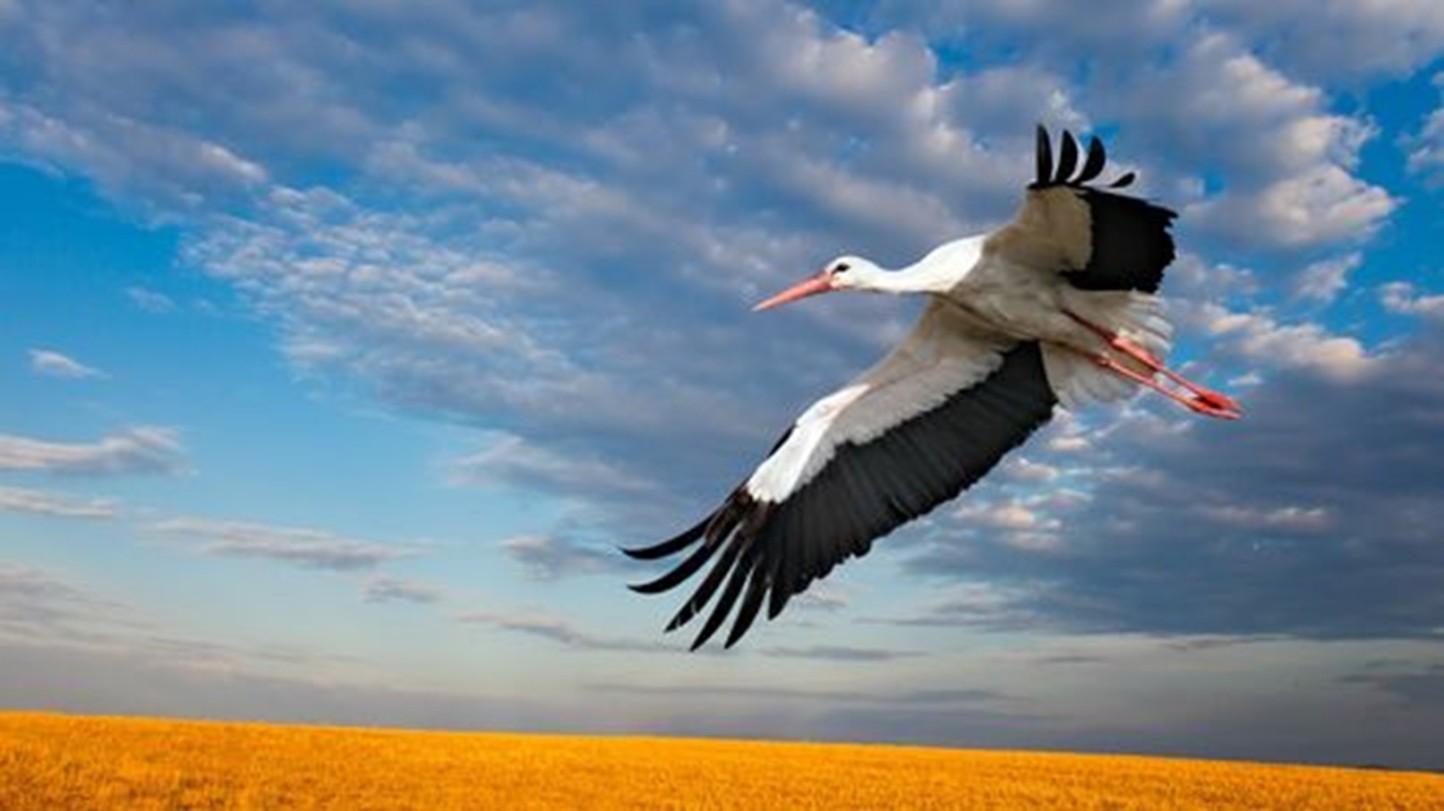EFSA advises to remain vigilant over bird flu



According to the European Food Safety Authority (EFSA), Europe has recorded the lowest number of cases of influenza or highly pathogenic avian influenza (HPAI) in poultry and wild birds since 2019/2020, with the risk of infection to humans remaining low overall.
These are the main conclusions. latest report on avian influenza has been prepared by EFSA itself, the European Centre for Disease Prevention and Control (ECDC) and the EU Reference Laboratory based on data received in the period April to June 2024..
EFSA notes that the improvement in the situation in Europe may be due to several factors and requires further study. Factors may include immunity developed in wild birds after previous infection; a decline in some wild bird populations; a reduction in environmental pollution; and changes in the composition of viral genotypes.
Experts have observed continued circulation of highly pathogenic avian influenza virus (HPAI) in wild birds in Europe throughout the year, albeit at low levels, and have therefore recommended increased surveillance for the next flu season.
Cases of HPAI reported in Australia for the first time in many years
For the first time in many years, cases of HPAI with various subtypes that are currently not reported in the rest of the world have been reported in Australia.
Experts noted the unexpected diversity of mammal species affected by HPAI, as well as the different genotypes of the virus circulating among poultry, wild birds and mammals in North America.
The European Food Safety Authority notes that direct transmission between cattle has not yet been confirmed, although raw cow’s milk has been found to be a new and unexpected route of transmission.
Available data now indicate that industrial pasteurization plays an important role in inactivating HPAI virus that may be present in raw cow’s milk.